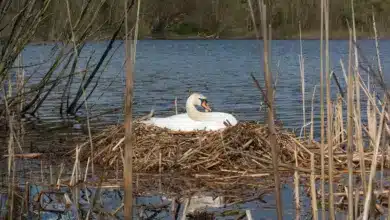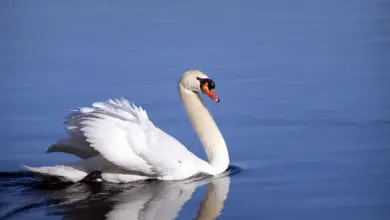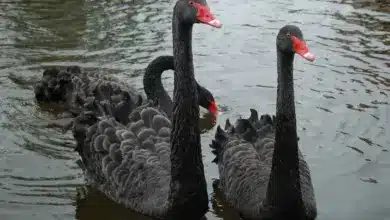The New Zealand Swans (Cygnus atratus sumnerensis) is an extinct sub-species of the Black Swan. It was originally considered a separate species based on its slightly larger size and the apparent absence of the Black Swan from New Zealand before 1864.
However, recent analyses of the fossils confirm its sub-species status.
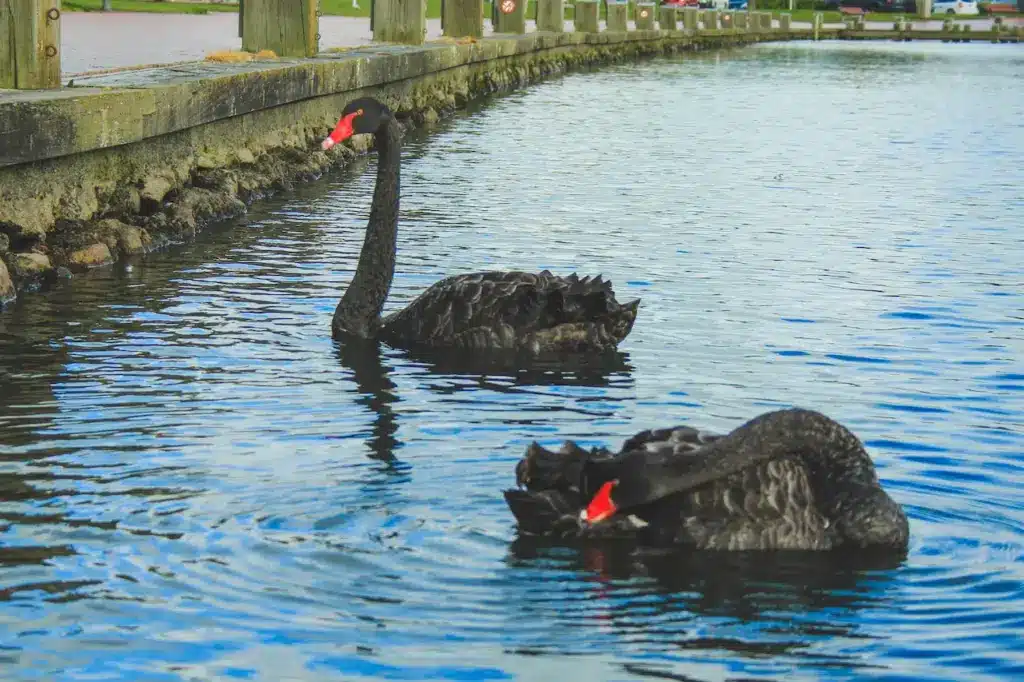
*Extinct Species*
The Australian Black Swan was introduced (or may have migrated) to New Zealand and the Chatham Islands in 1864 and 1890, respectively.
It was formerly found on the South Island of New Zealand and the Chatham Islands located in the Pacific Ocean east of southern New Zealand. Some regard the Chatham Islands form to be a separate species (C. chathamicus or C. chathamensis – Oliver, 1955).
Little is known about this species that is only known from fossils; however, it is believed that it shared many of the habits / behavioral traits of its cousins.
Diet / Feeding
What they eat …
Swans feed primarily on aquatic plants; but they also eat grain, grasses and crop foods, such as wheat, potatoes and carrots – especially in the winter when other food sources aren’t readily available.
Only young cygnets eat aquatic insects and crustaceans, as they have a higher requirement for protein than the adults. As they get older, their diet changes over to a plant diet, which includes aquatic vegetation and roots.
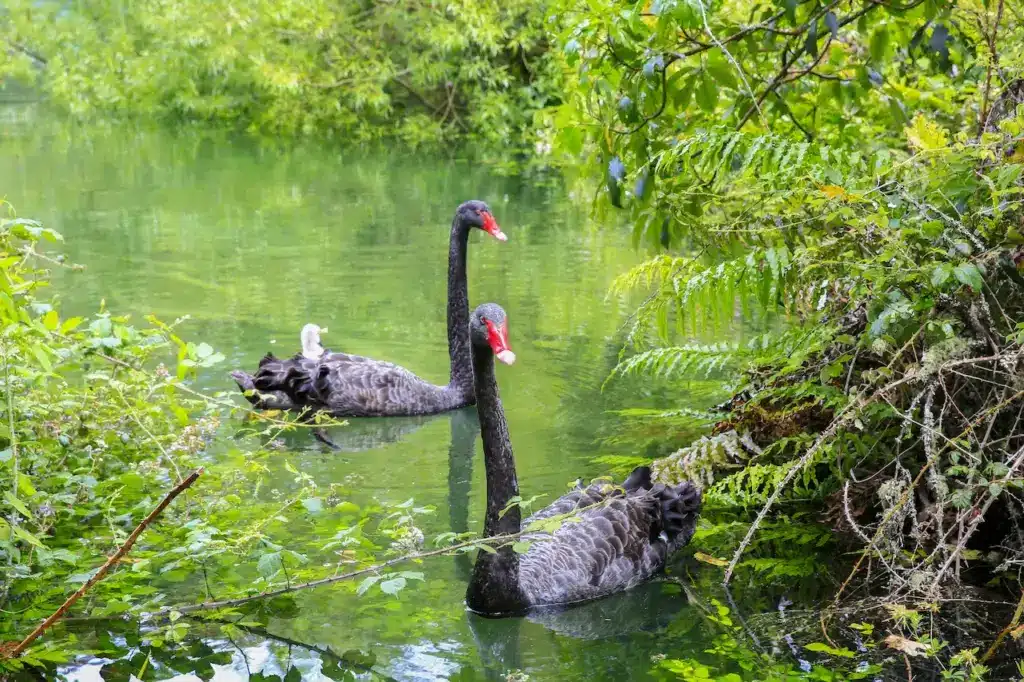
How they eat …
In shallow water, New Zealand Swans may use their strong webbed feet to dig into submerged mud and, like mallards, they tip up – plunging the head and neck underwater – to expose and feed on roots, shoots and tubers. Cygnets feed on invertebrates and aquatic vegetation stirred up by their foraging parents. Ducks and other water birds also often follow swans to forage on exposed plant mattter and aquatic insects.,
Their long necks give them an advantage over the short-necked ducks, as they can feed in deeper waters than geese or ducks. They can feed in waters that are up to 4 feet (1.2 meters) deep by uprooting plants and snapping off the leaves and stems of plants growing underwater.
Swans also forage by swimming picking up plant material from the water’s surface or water’s edge. On land, they feed on grains and grasses.


